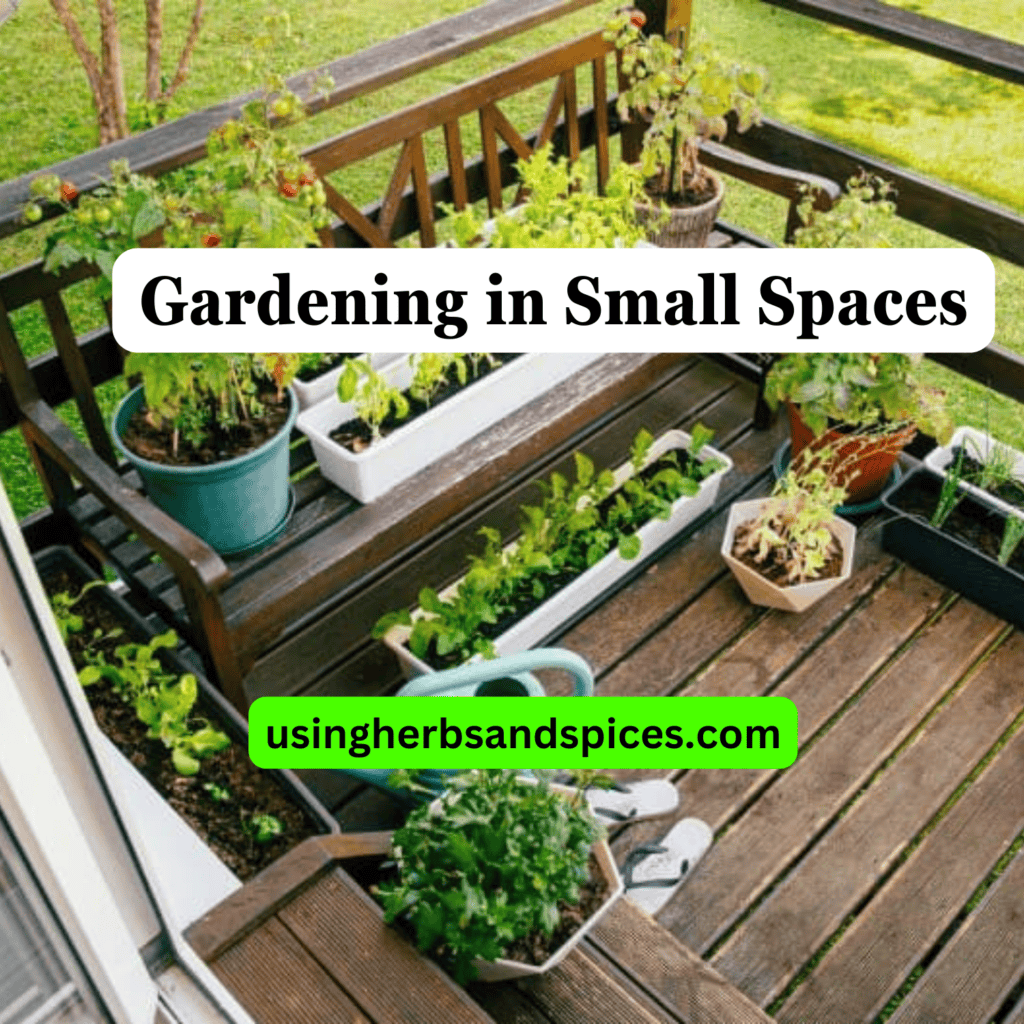An effective garden doesn’t need to take up a lot of space. Even in a small area, you can grow thriving plants as long as there’s access to sunlight and some careful planning. Whether you have a tiny patch of soil outside your home or a few planters by the door, the key to a successful garden is not its size but your attention to detail and gardening techniques.

Here are the key benefits:
- Research and Plan Your Garden
The first step to creating a flourishing small garden is doing your homework. Research the plants you want to grow to ensure they will thrive in your environment. Consider factors such as sunlight, soil type, water needs, and compatibility with other plants. Certain plants grow well together, while others may compete for nutrients.
This planning will help you decide how to position your plants for optimal growth, whether they’re in a small patch of land or placed in containers. Also, research the best planting times for each species to ensure that your plants get off to a strong start. - Choosing Plants and Seeds
Once you’ve done your research, decide whether you want to grow your garden from seeds or purchase established plants. Each option has its pros and cons: seeds are more affordable but take longer to mature, while young plants give you a head start.
If you’re working with planters, make sure you use appropriately sized containers. Overcrowding plants can stunt their growth, so give each one enough space to spread its roots. You may want to use vertical gardening techniques like trellises or tiered planters to maximize your small space. - Use Quality Soil
Top-quality potting soil is essential for a small garden. Because your plants will be competing for limited nutrients, investing in nutrient-rich soil can make a big difference. Many garden centers offer soil mixtures tailored to different types of plants, so don’t hesitate to ask for advice. Additionally, some potting soils are pre-mixed with fertilizers or pest-repellent ingredients, making plant care easier. - Control Pests Naturally
Even in a small garden, pests can be a problem. Luckily, there are eco-friendly ways to keep them at bay. Consider companion planting with species that naturally deter harmful insects. For example, planting marigolds can help keep pests away, while attracting beneficial insects like ladybugs that feed on aphids.
If you feel you must use pesticides, choose organic or natural products, and use them sparingly. Many chemical pesticides can harm not just pests but also helpful insects, animals, and even children. - Provide Proper Care
No garden can thrive without regular care. Make sure to weed your garden regularly to avoid competition for nutrients. Aerating the soil occasionally will help with root growth and water absorption, which is especially important in small containers. Keep your plants well-watered but avoid overwatering, as small planters can easily become waterlogged. Checking soil moisture frequently will help maintain the right balance. - Maximize Your Small Space
Even if your space is limited, a well-designed garden can outshine a larger one. Use every inch wisely, and don’t be afraid to get creative with vertical gardening solutions. Hanging planters, wall-mounted pots, and stacked containers can increase your growing area without taking up ground space.
With a little effort and thoughtful planning, your small garden can produce a bountiful harvest of healthy, beautiful plants. Whether you’re growing flowers, vegetables, or herbs, a small garden can be just as productive and rewarding as a larger one.
Conclusion
A small garden doesn’t have to be any less effective than a large one. By carefully planning your space, selecting the right plants, and providing proper care, you can grow a thriving garden no matter how little room you have. Whether you’re working with a tiny backyard or a few pots on a balcony, with dedication and the right approach, your garden can flourish.
